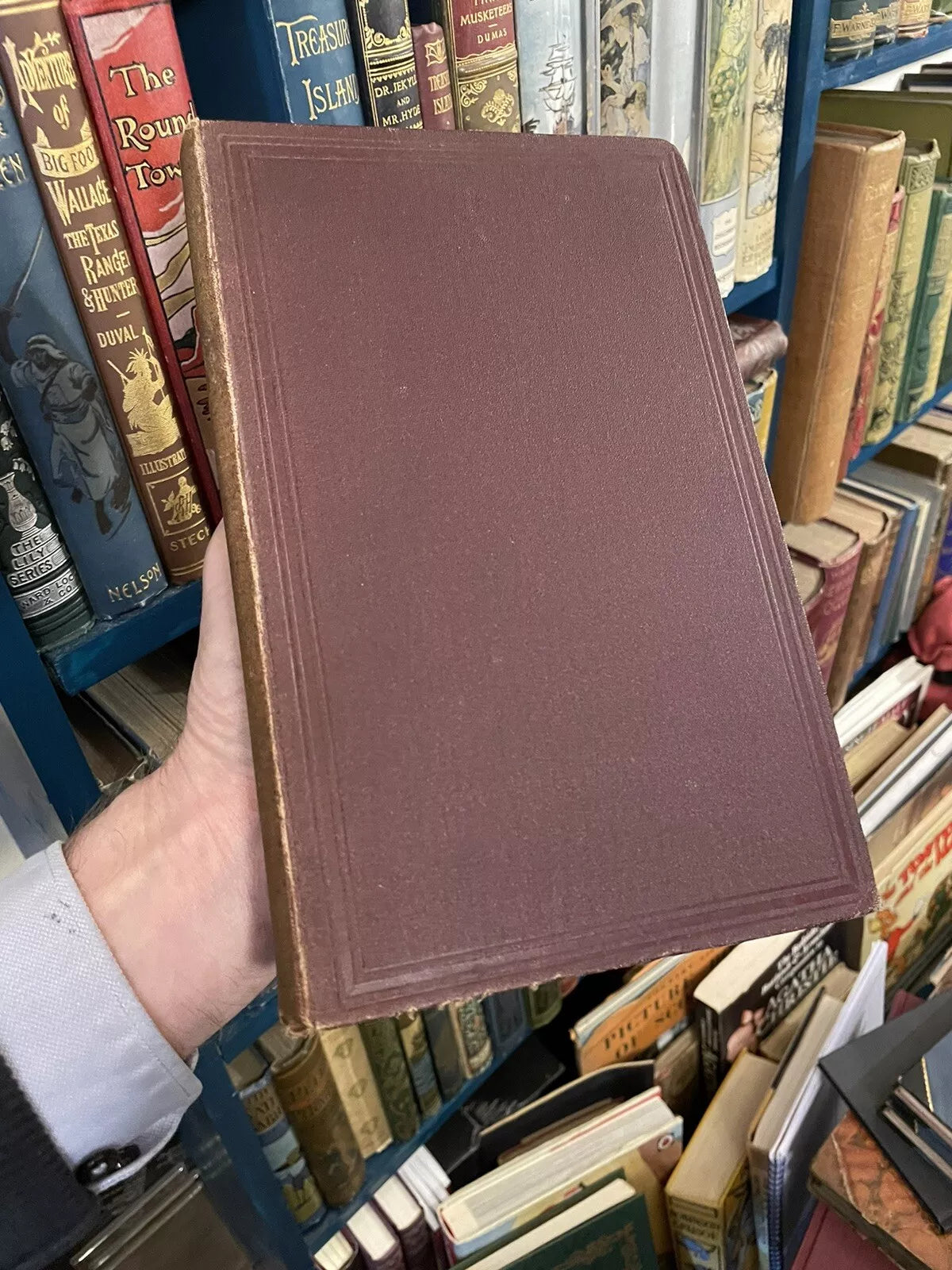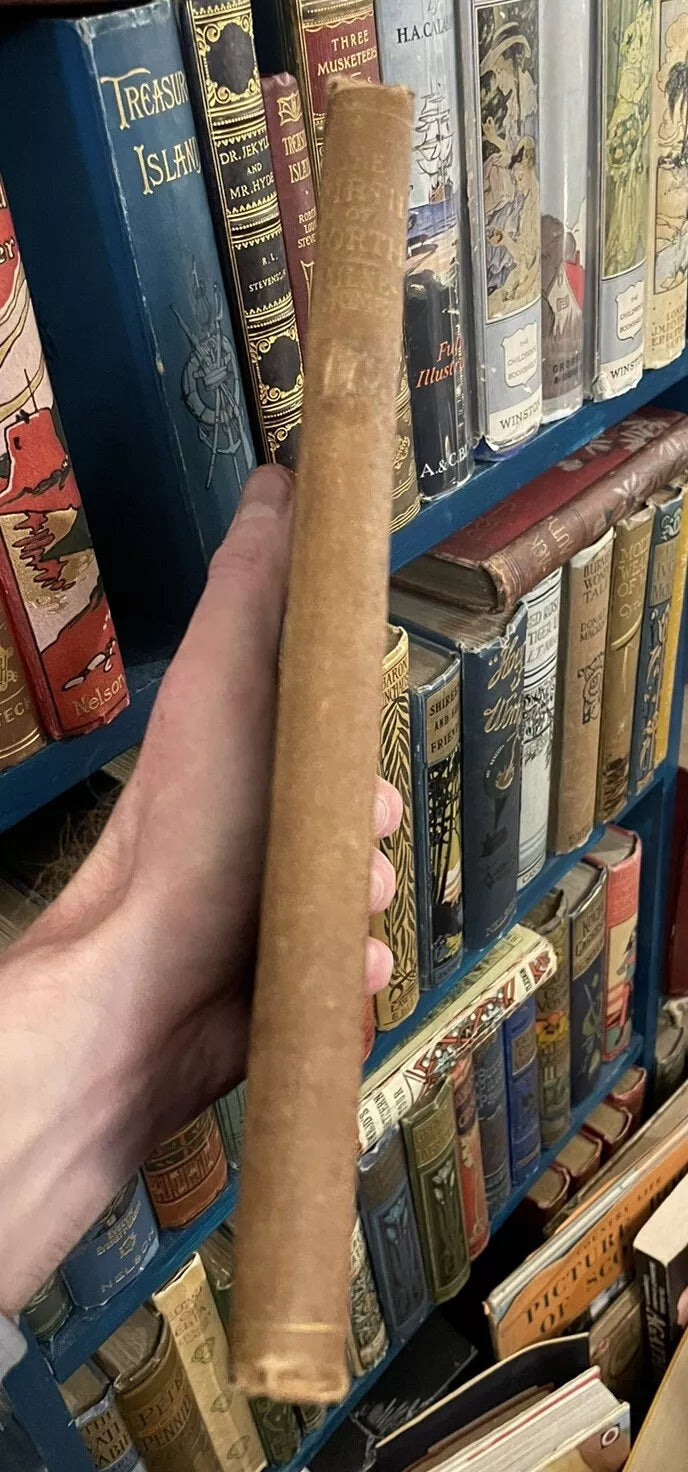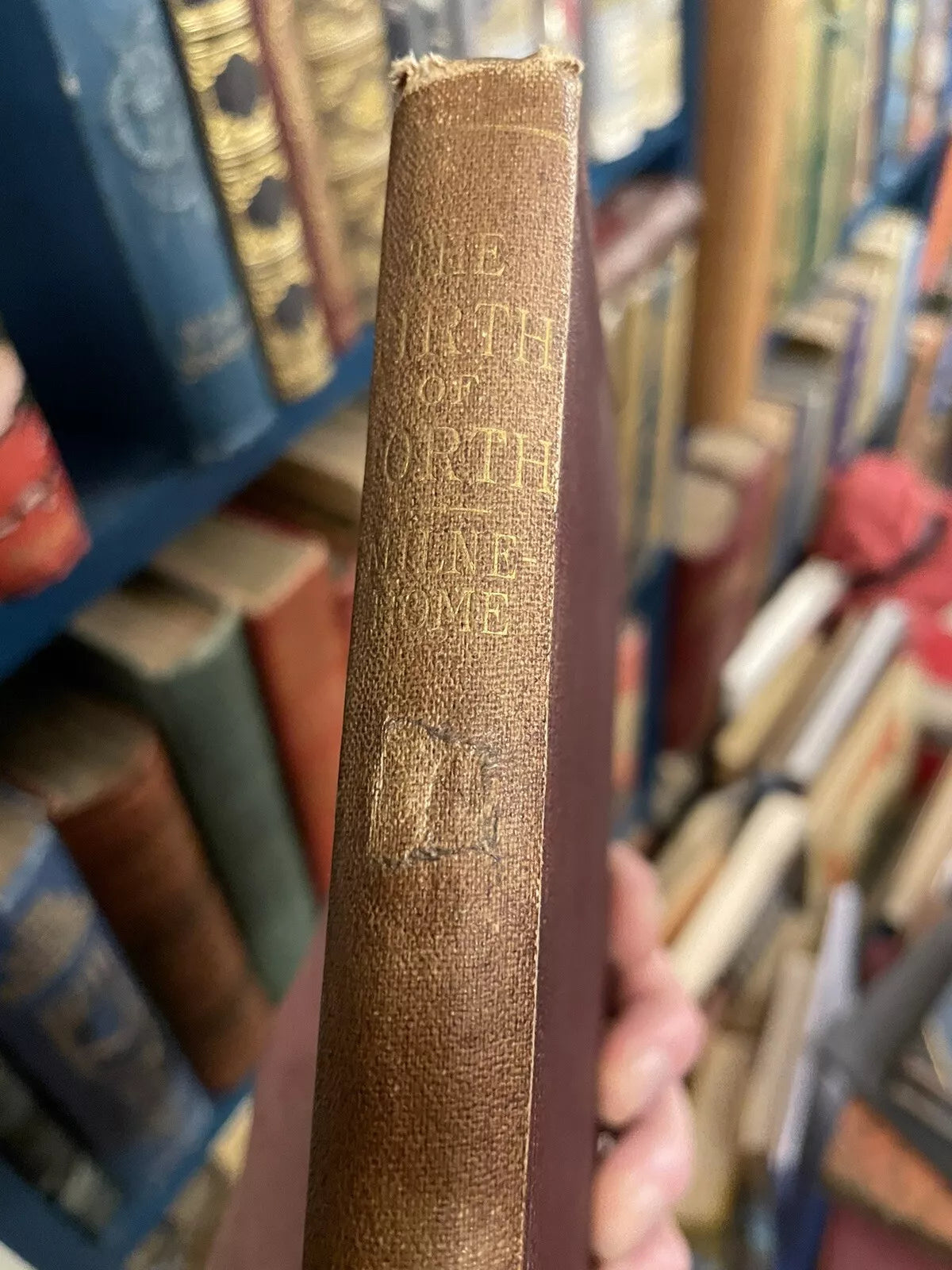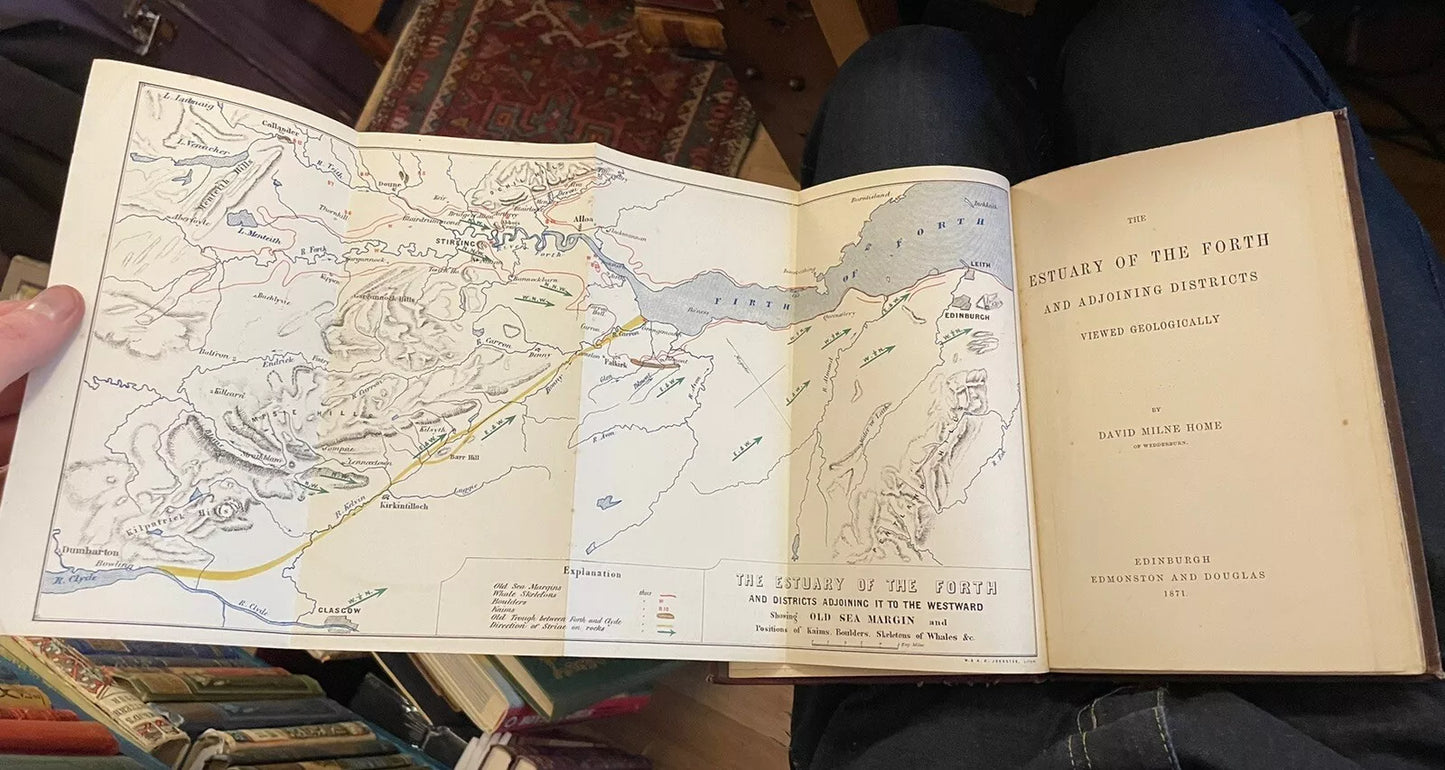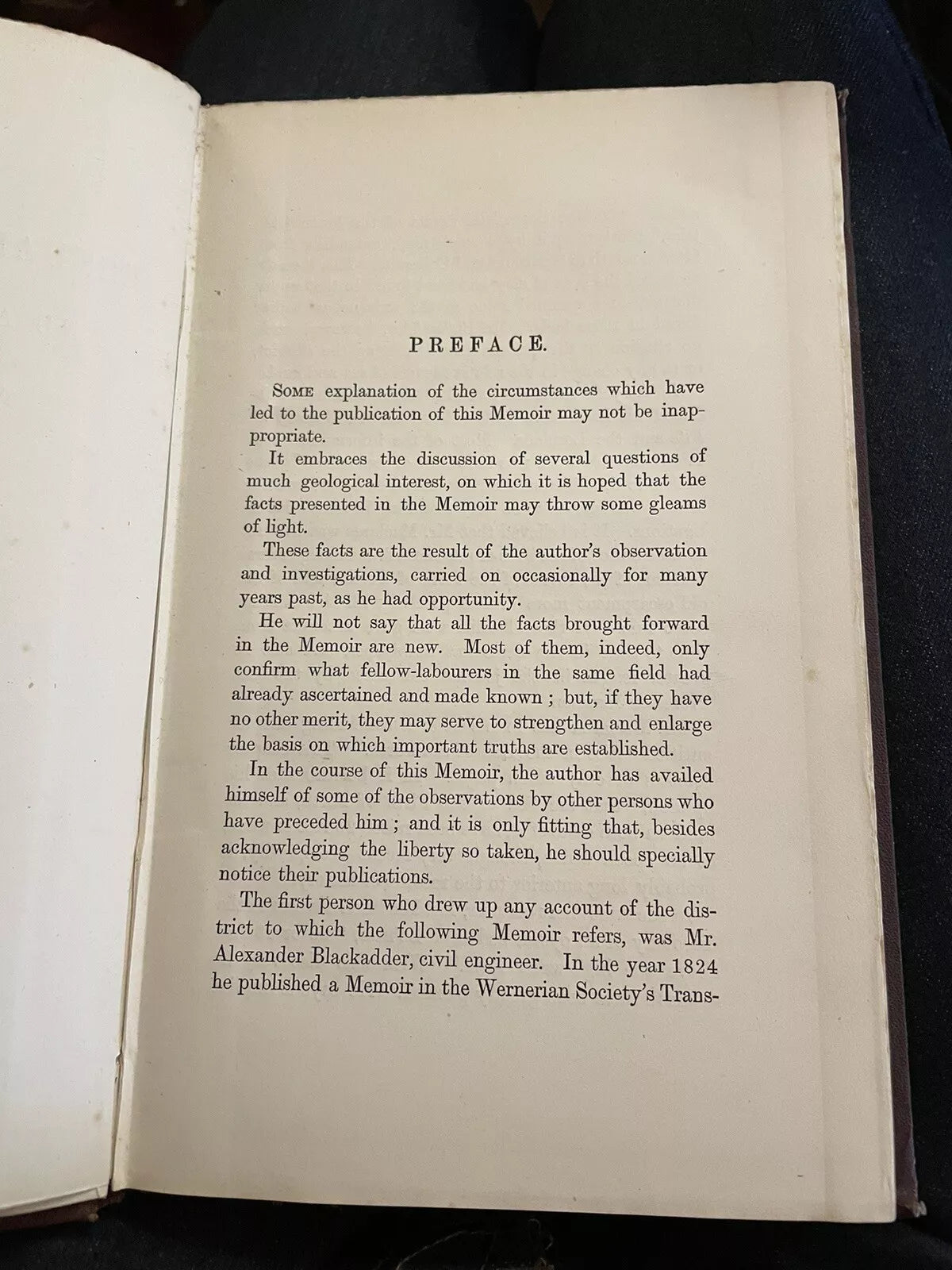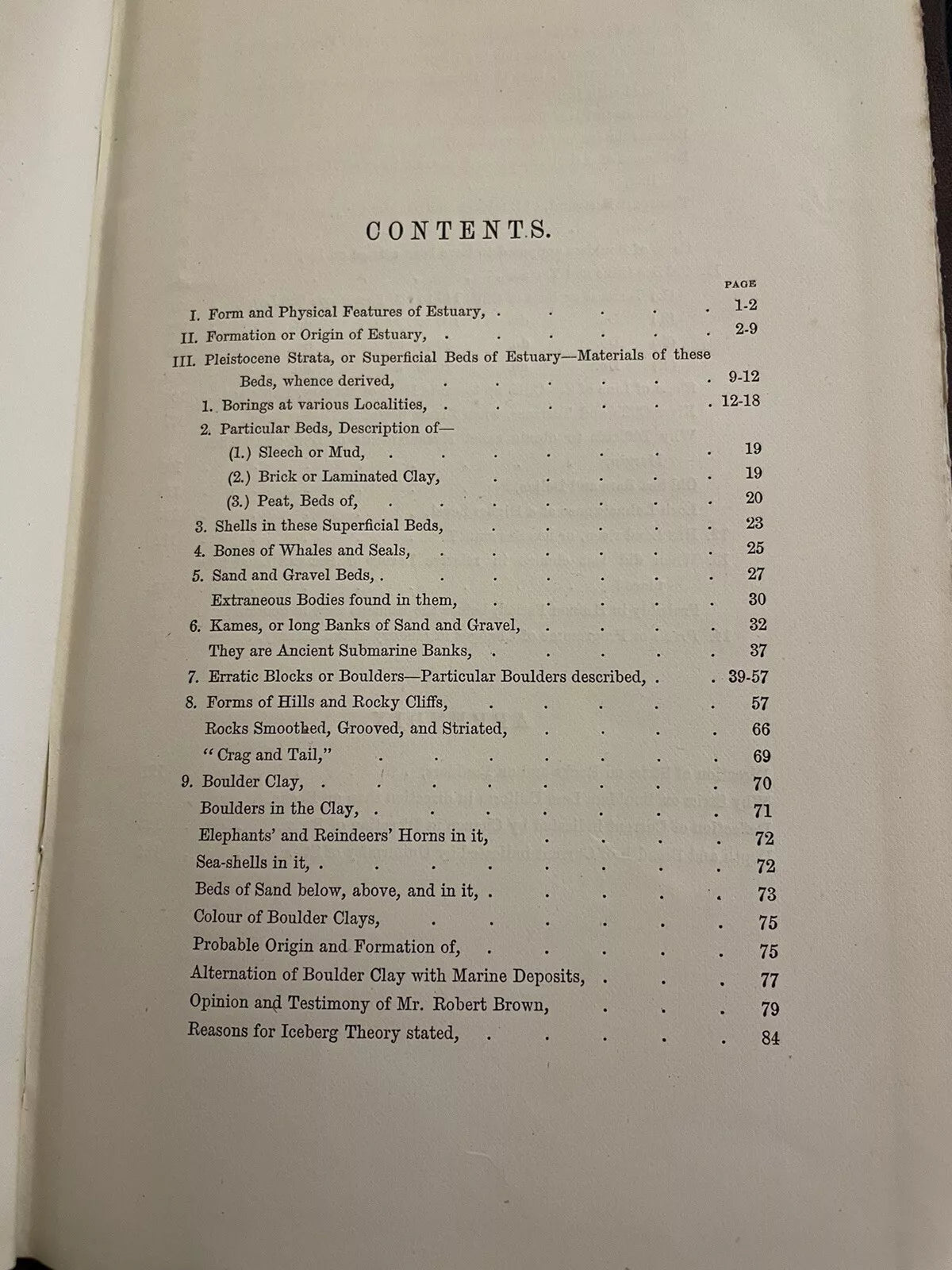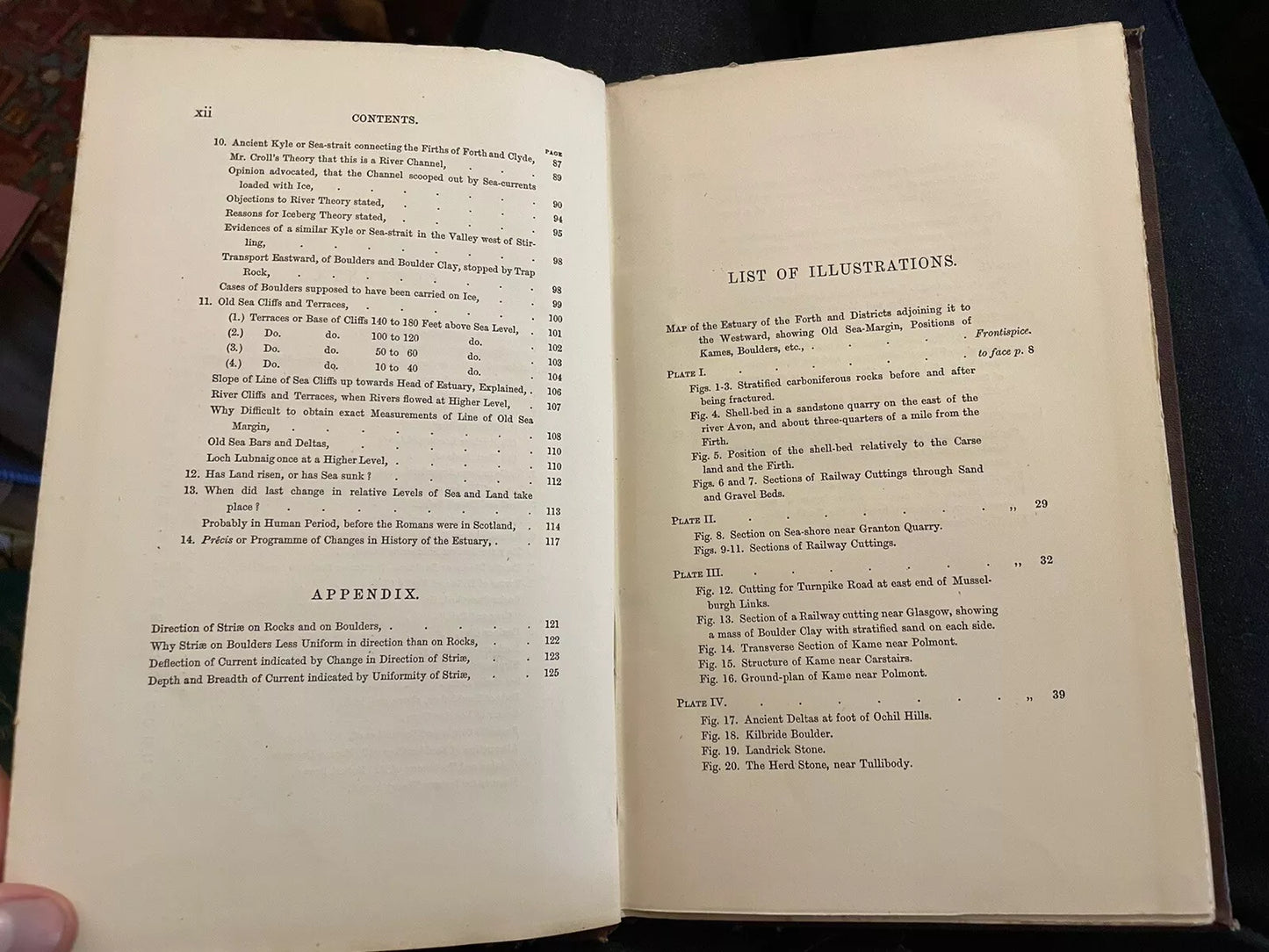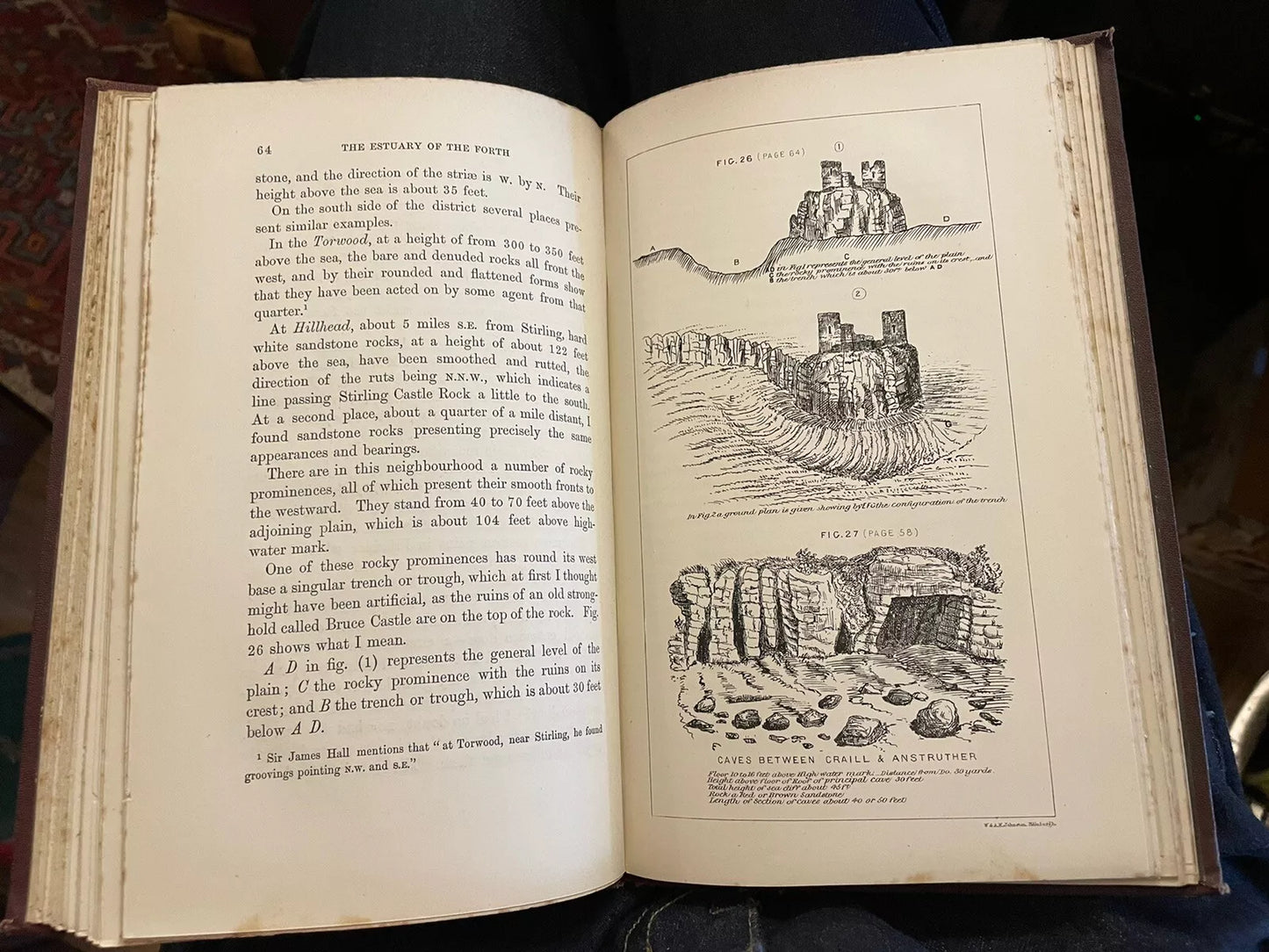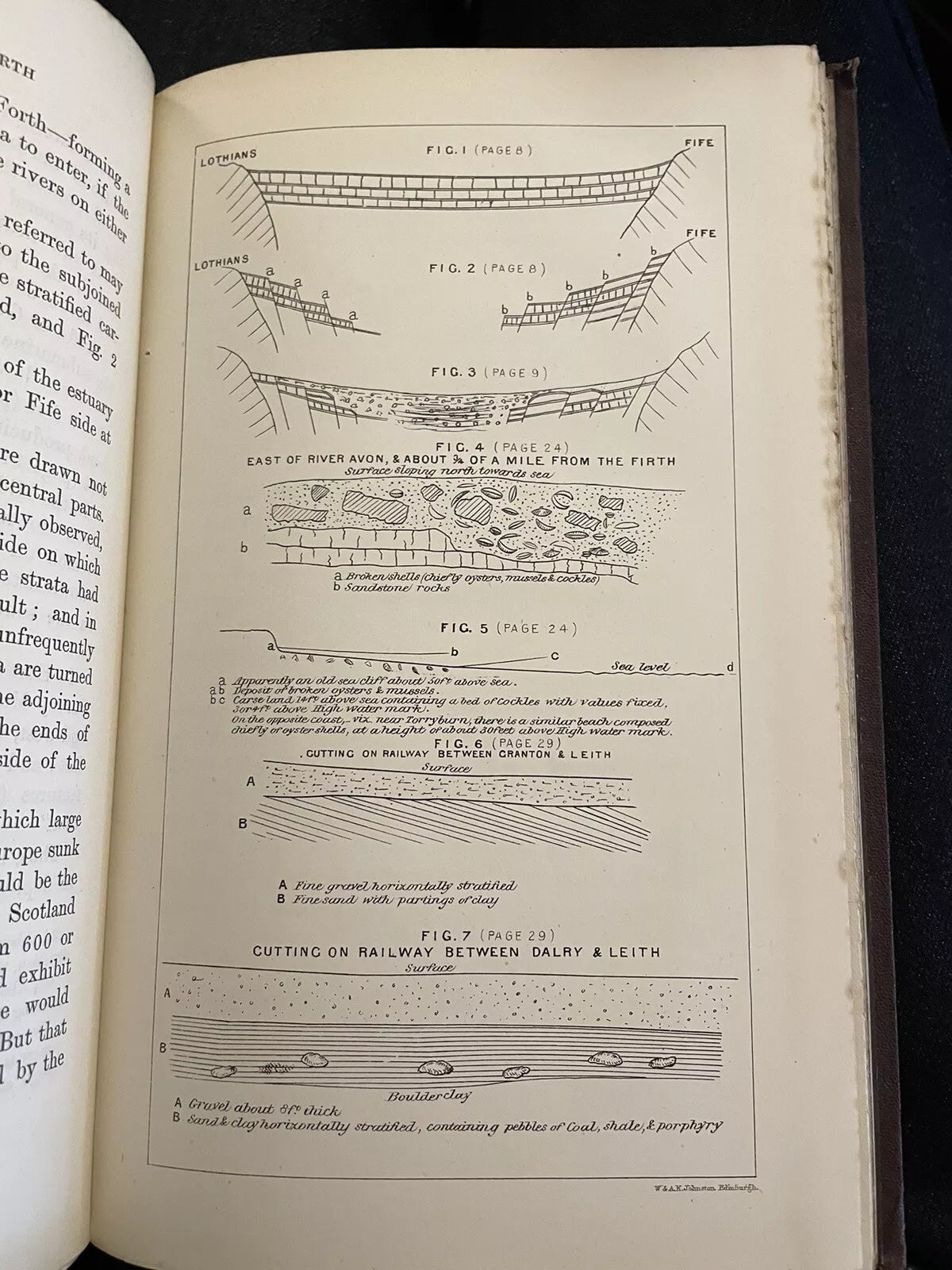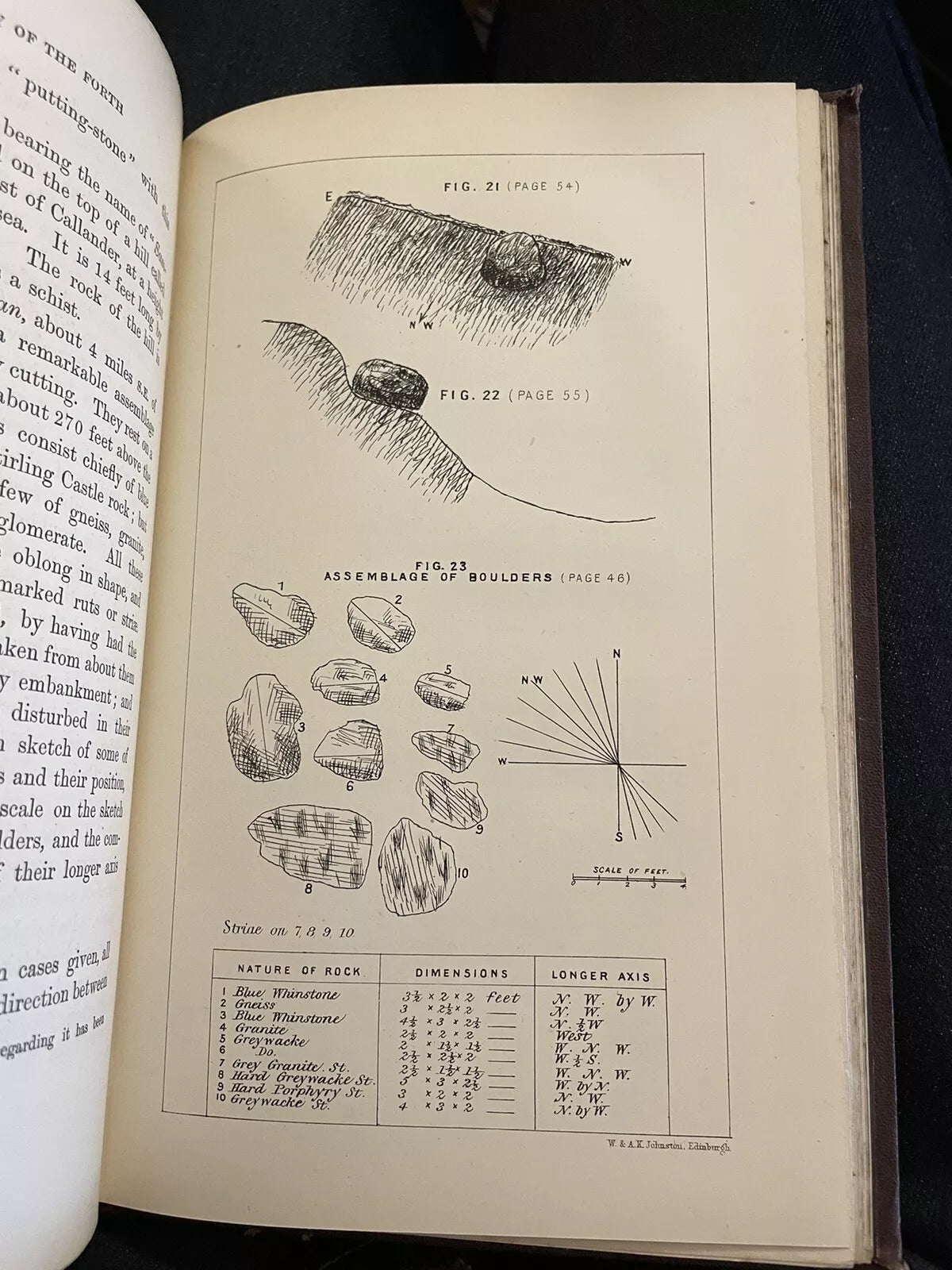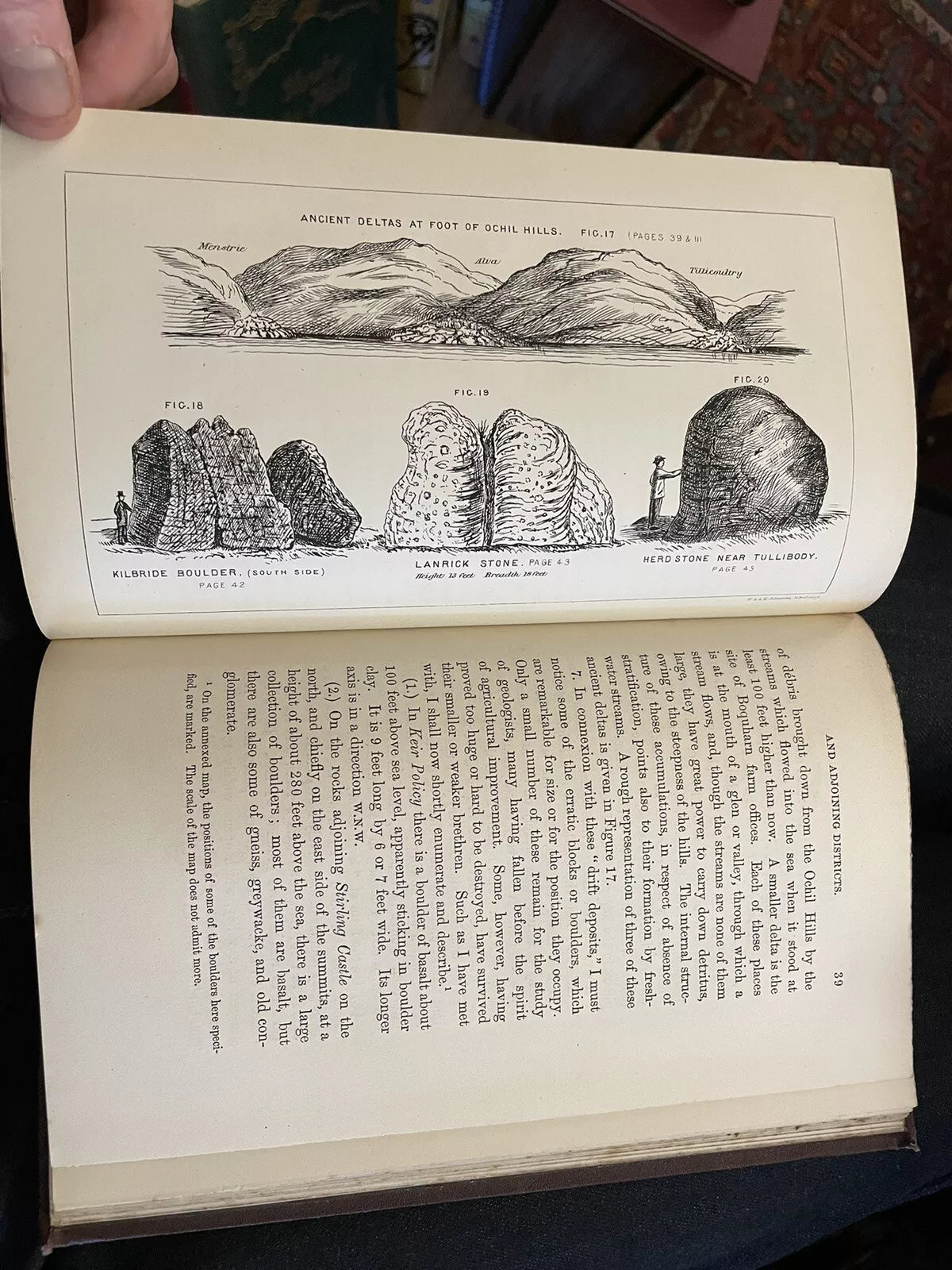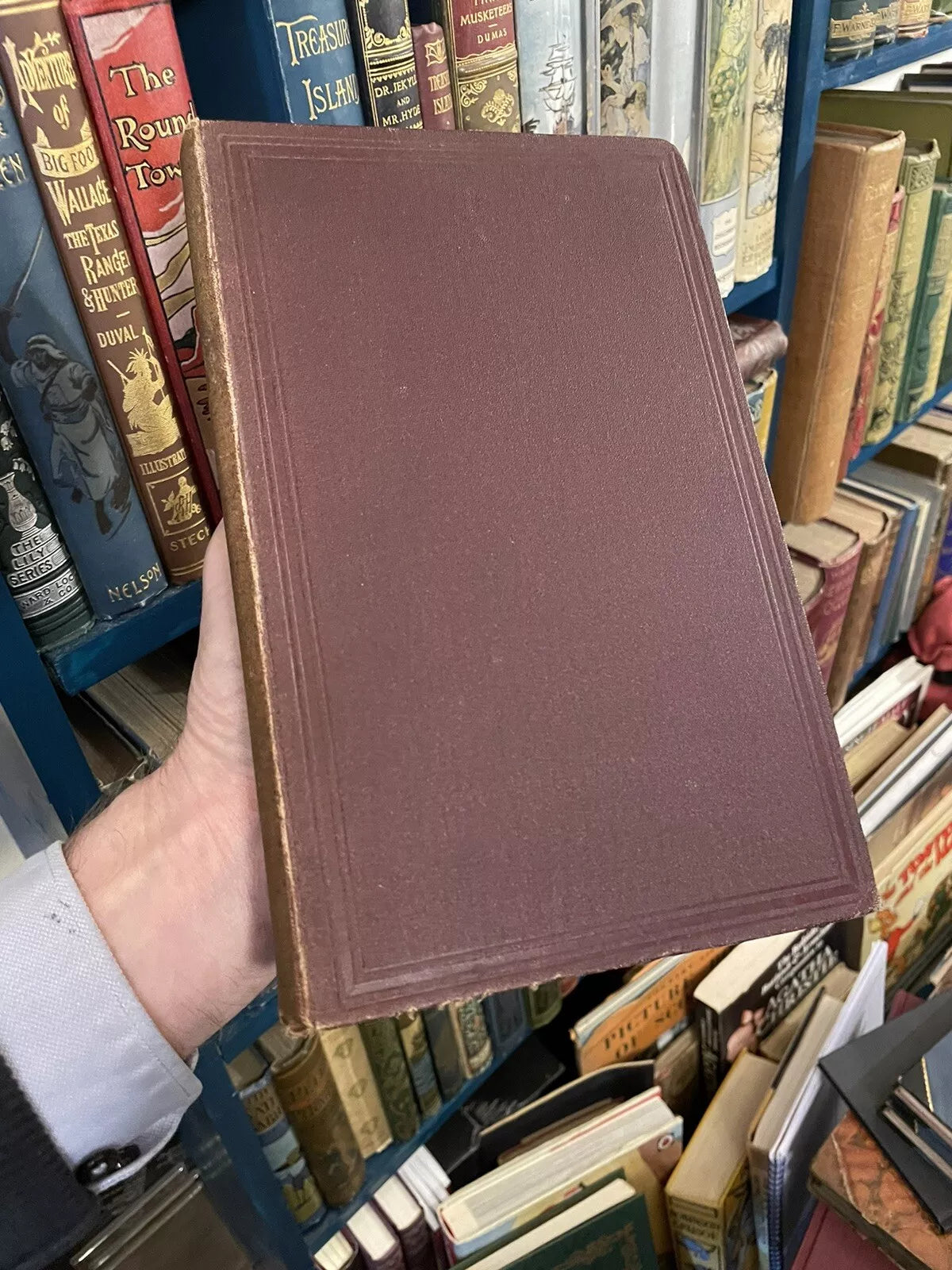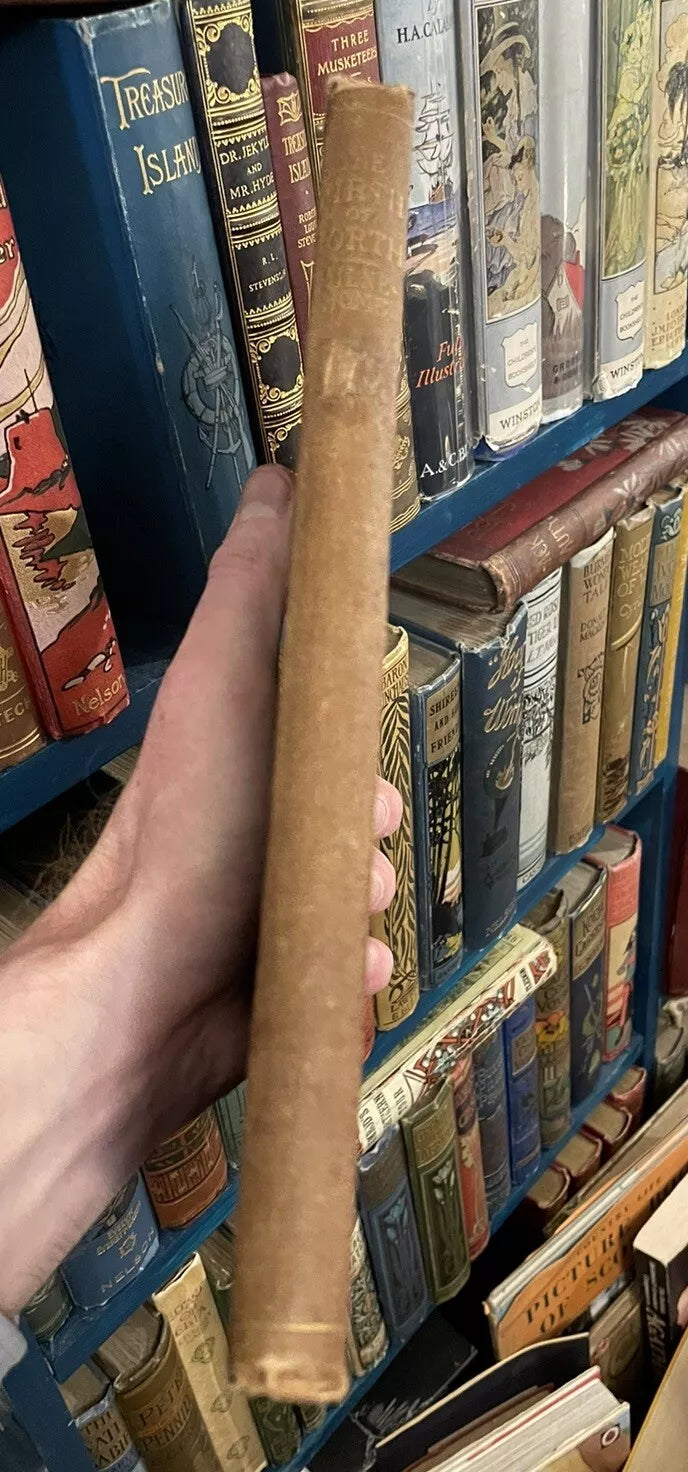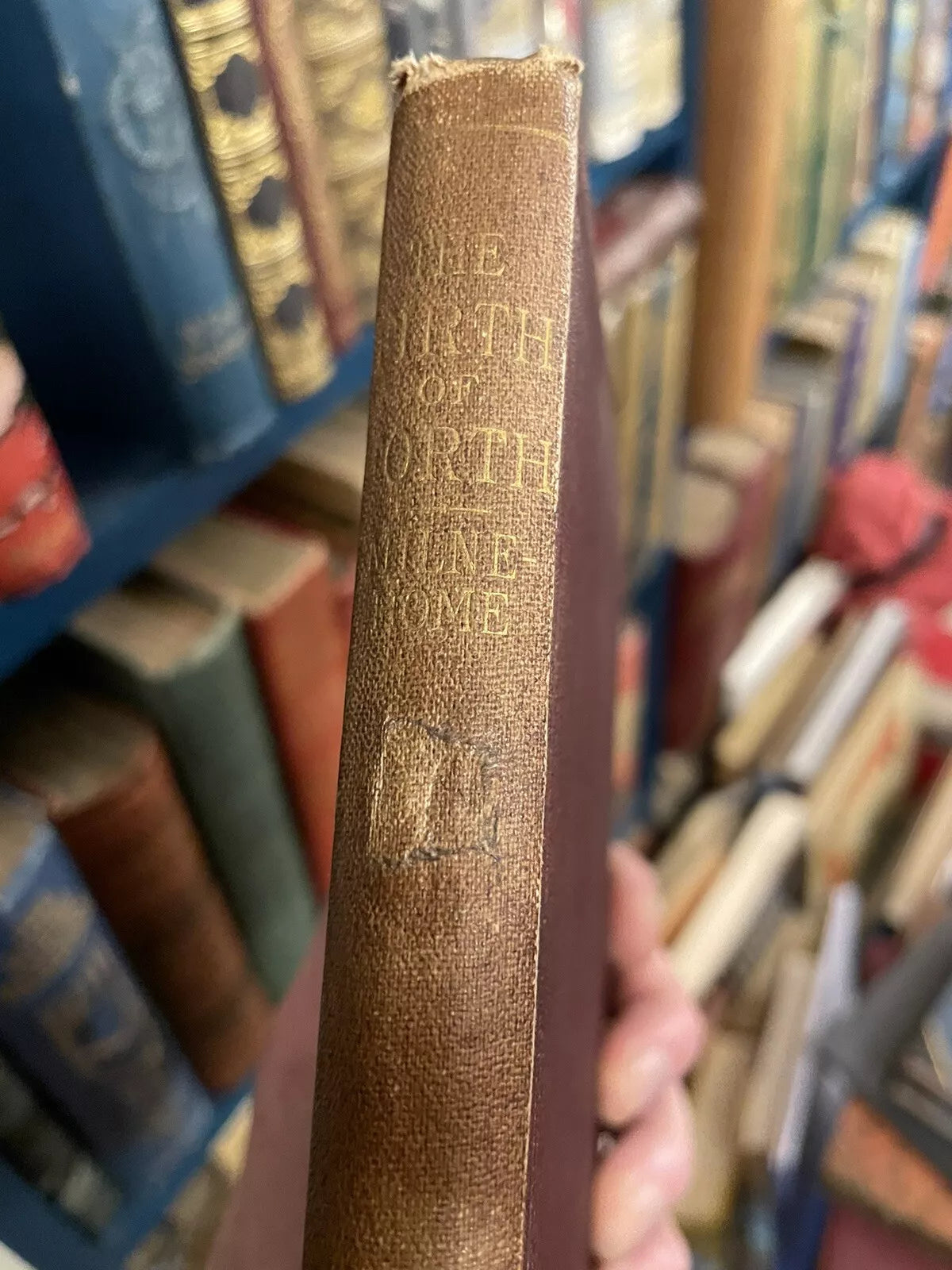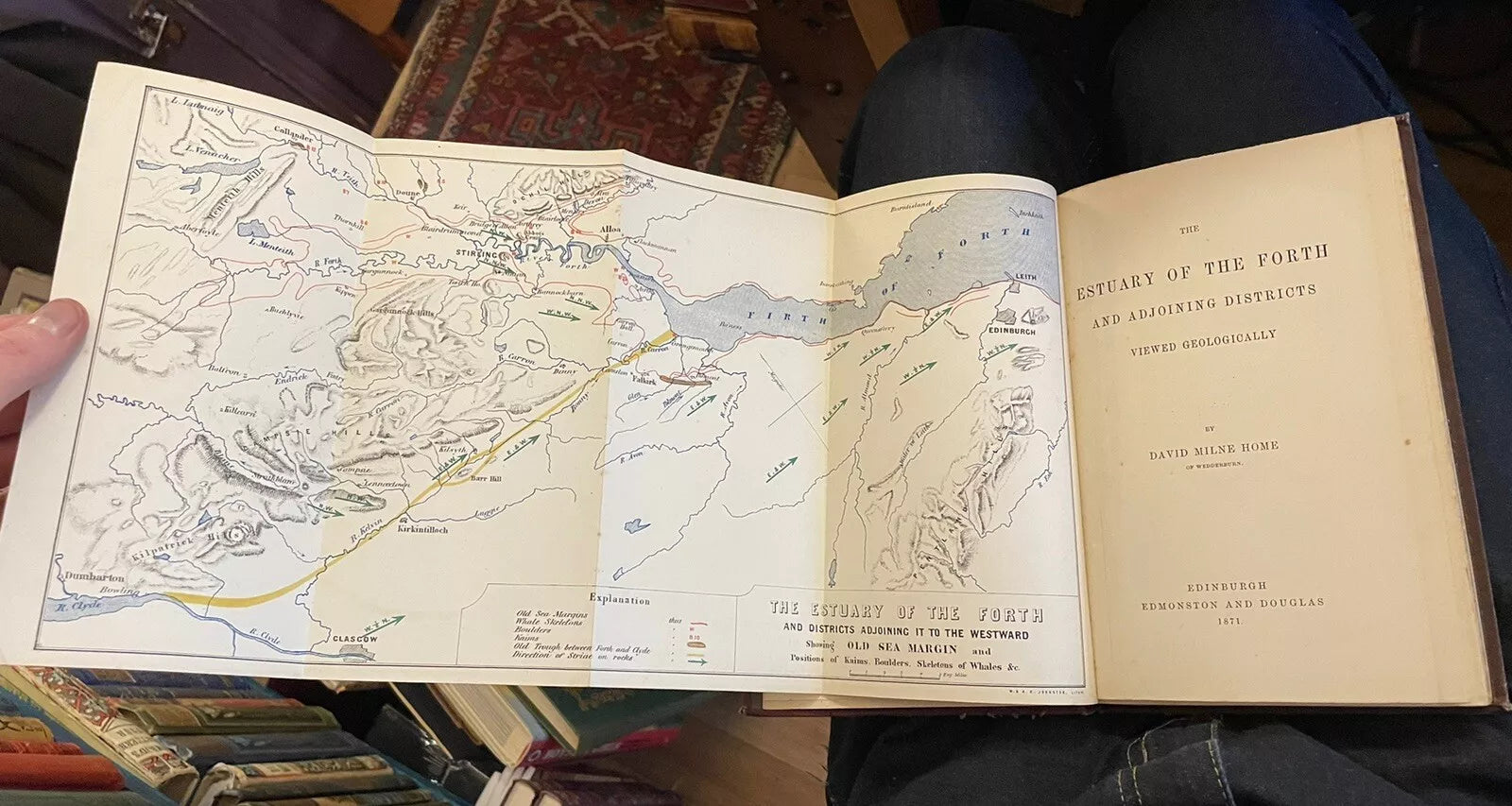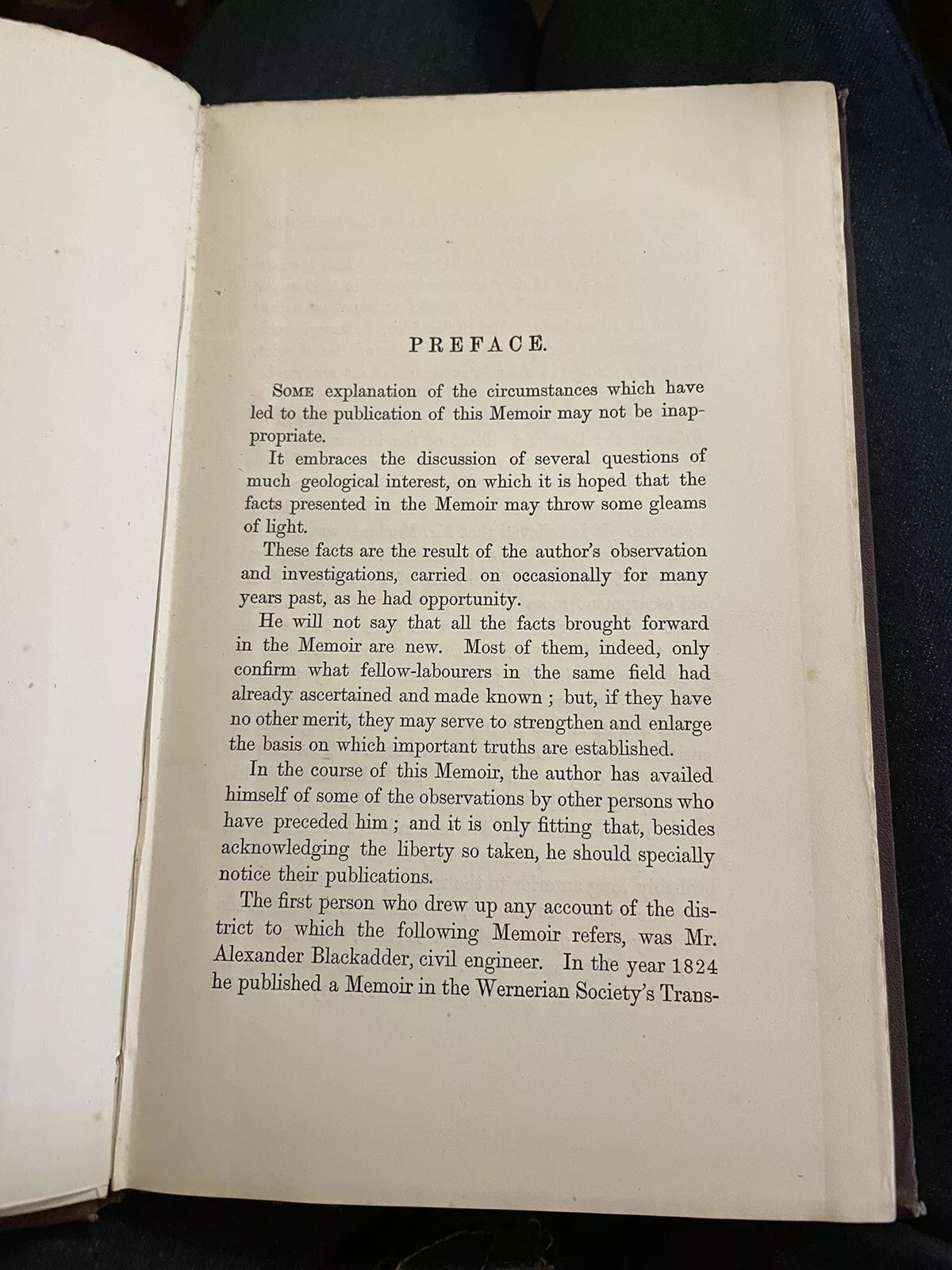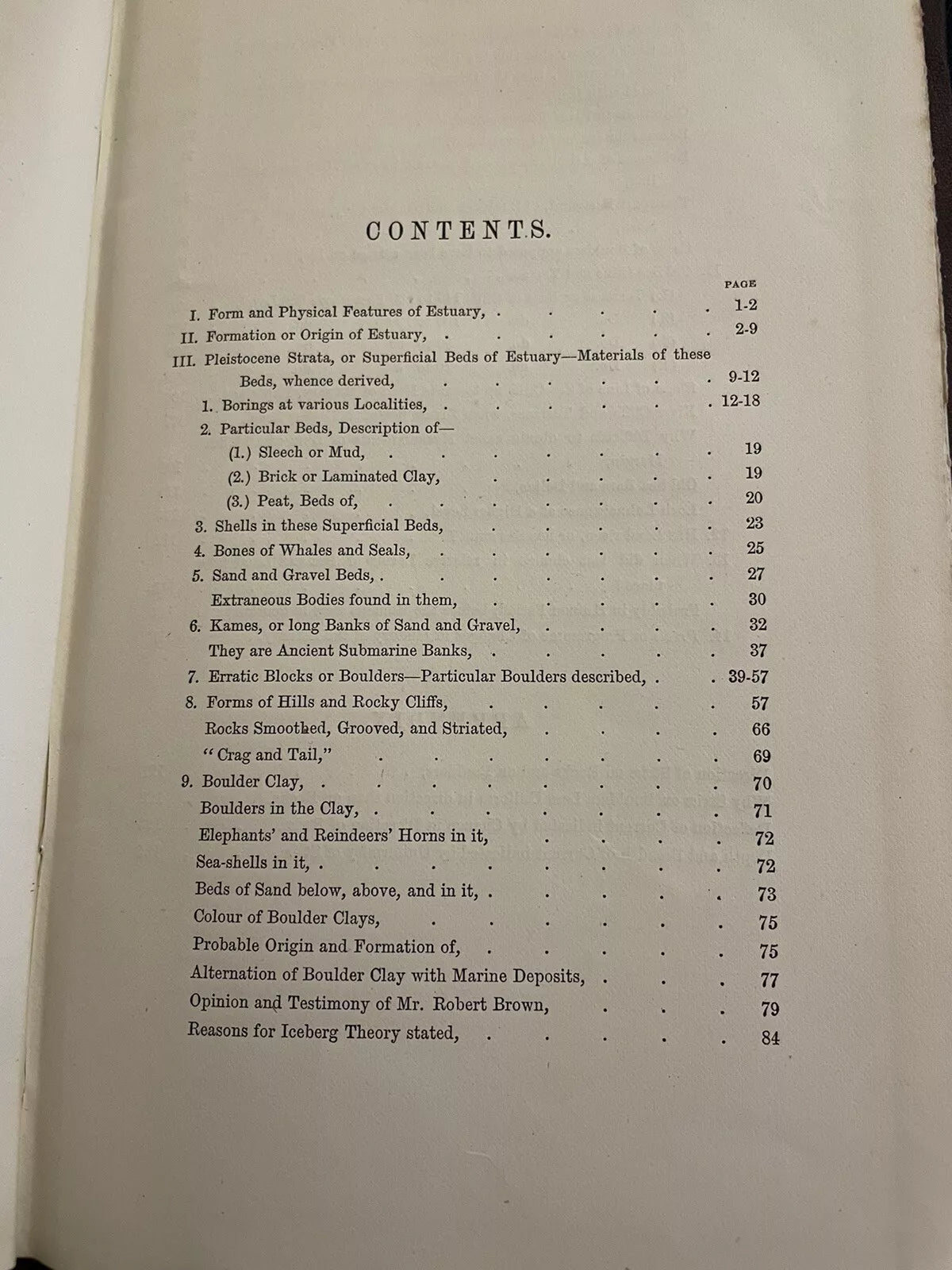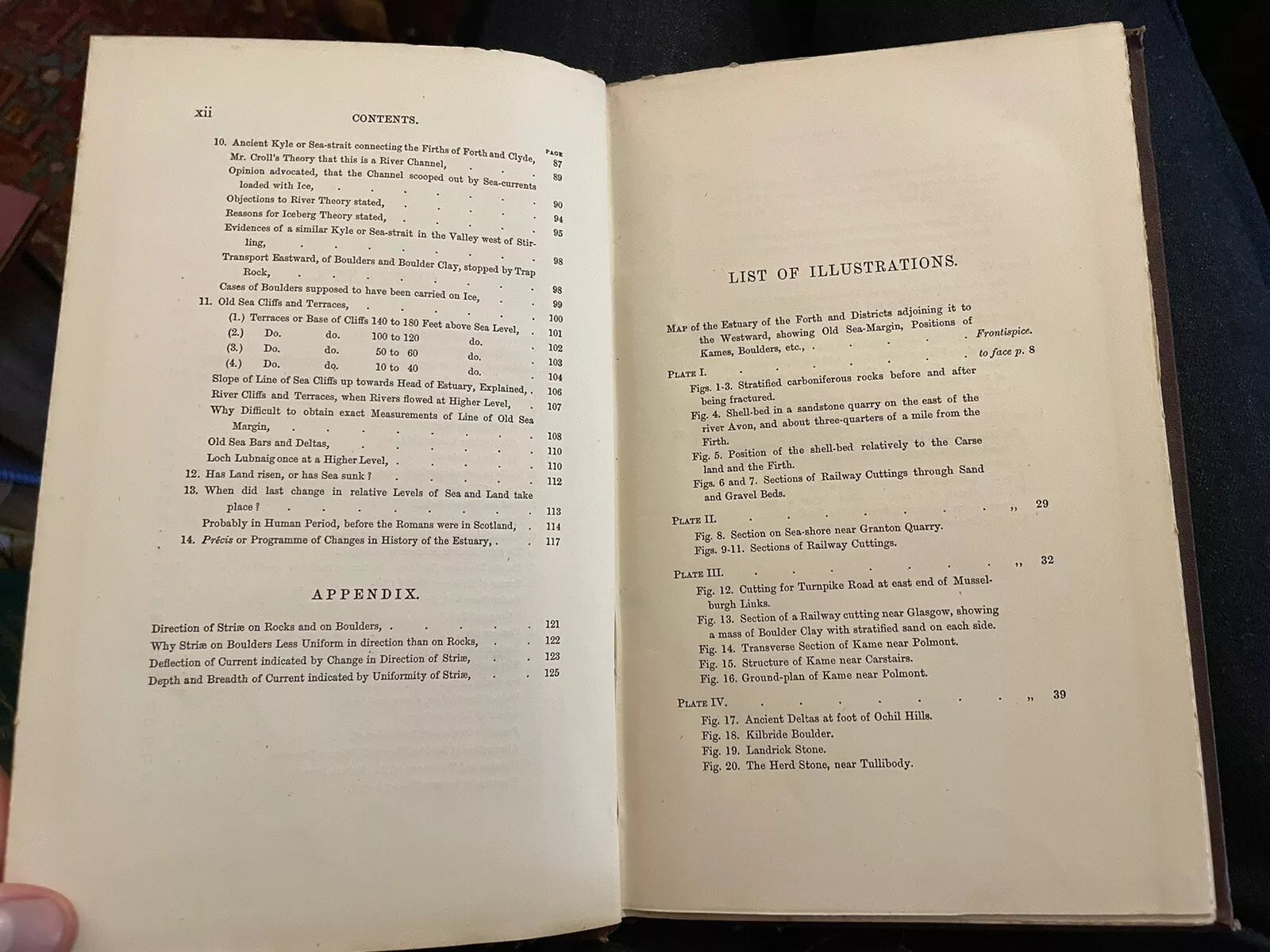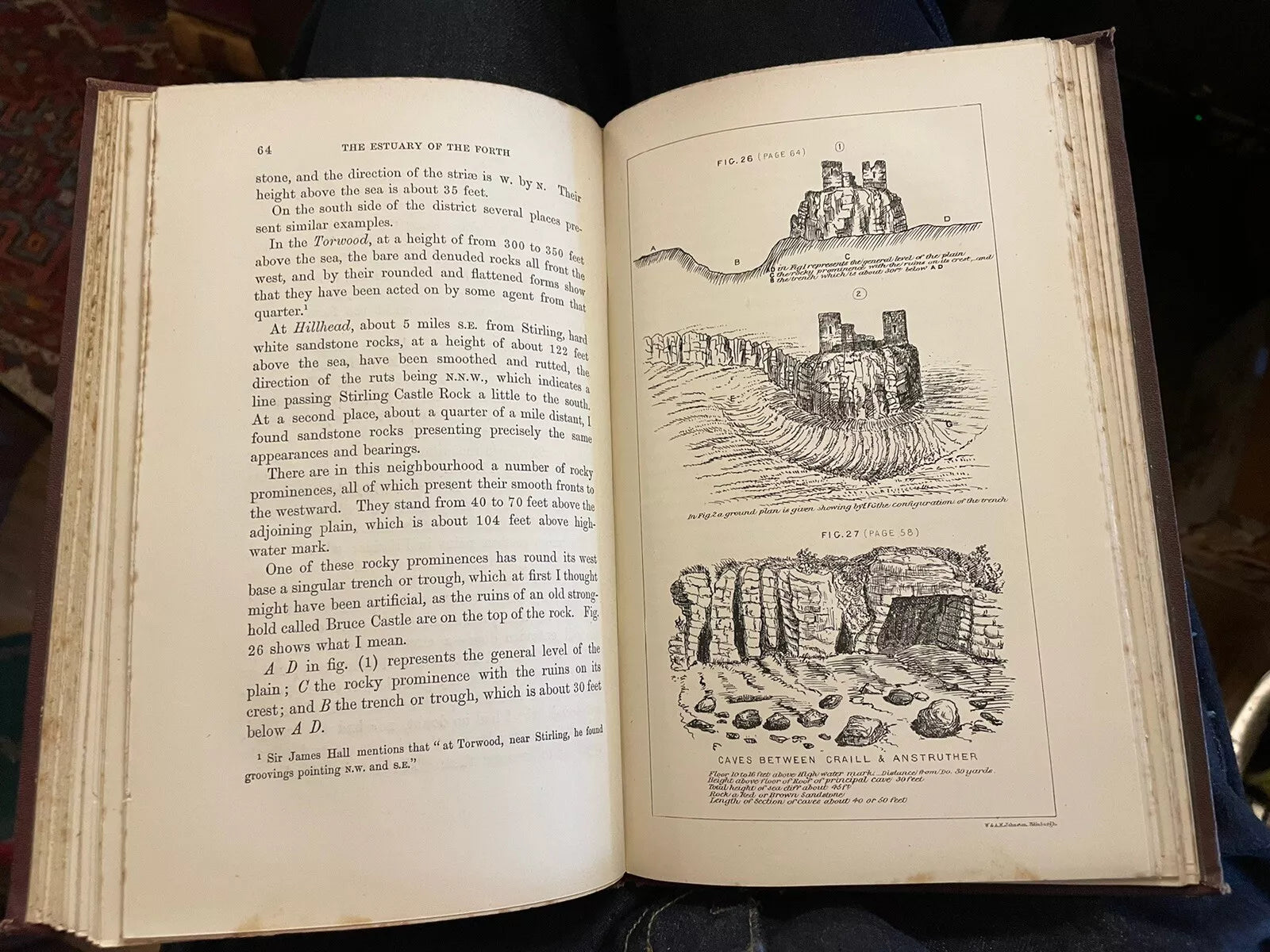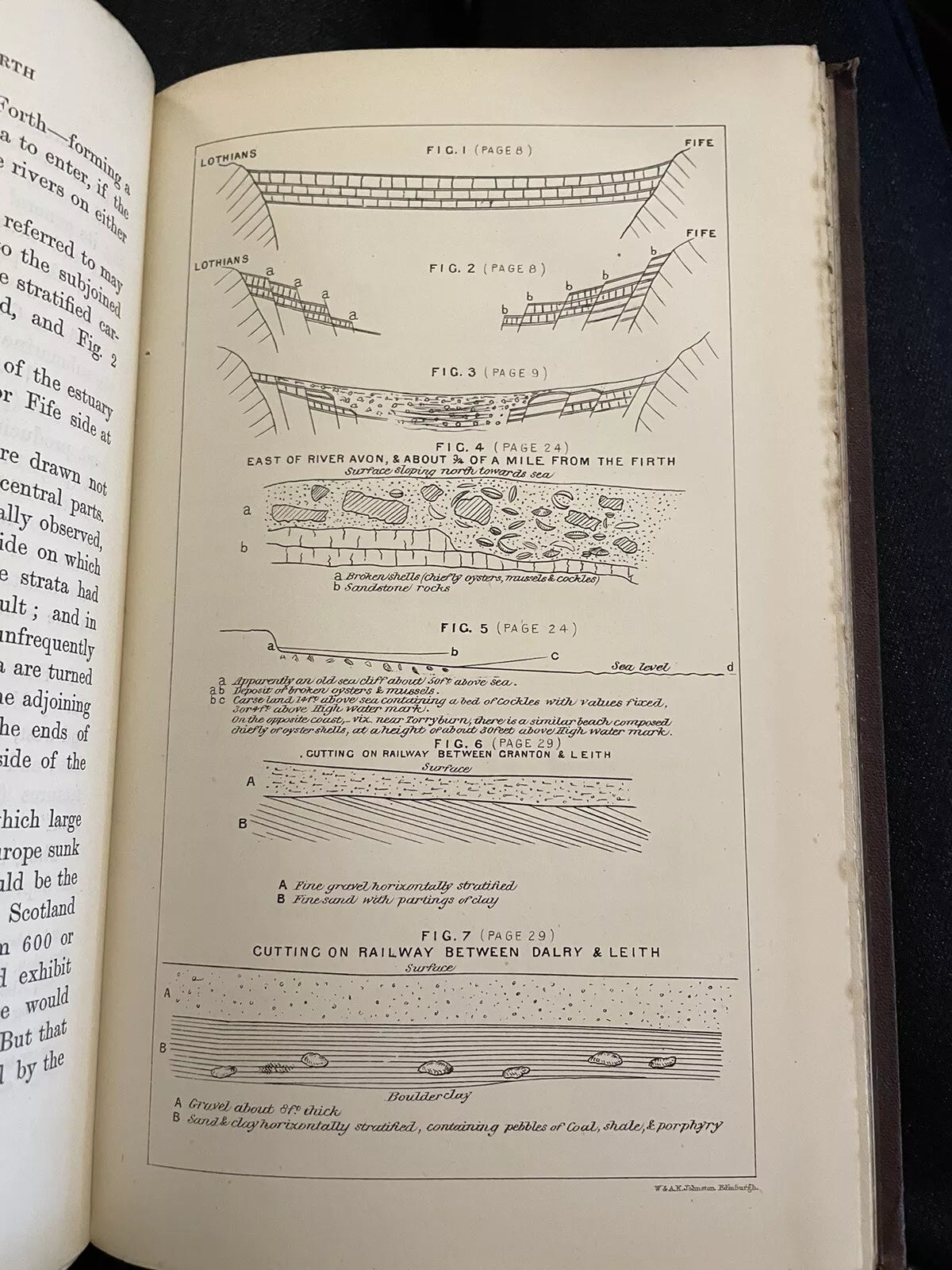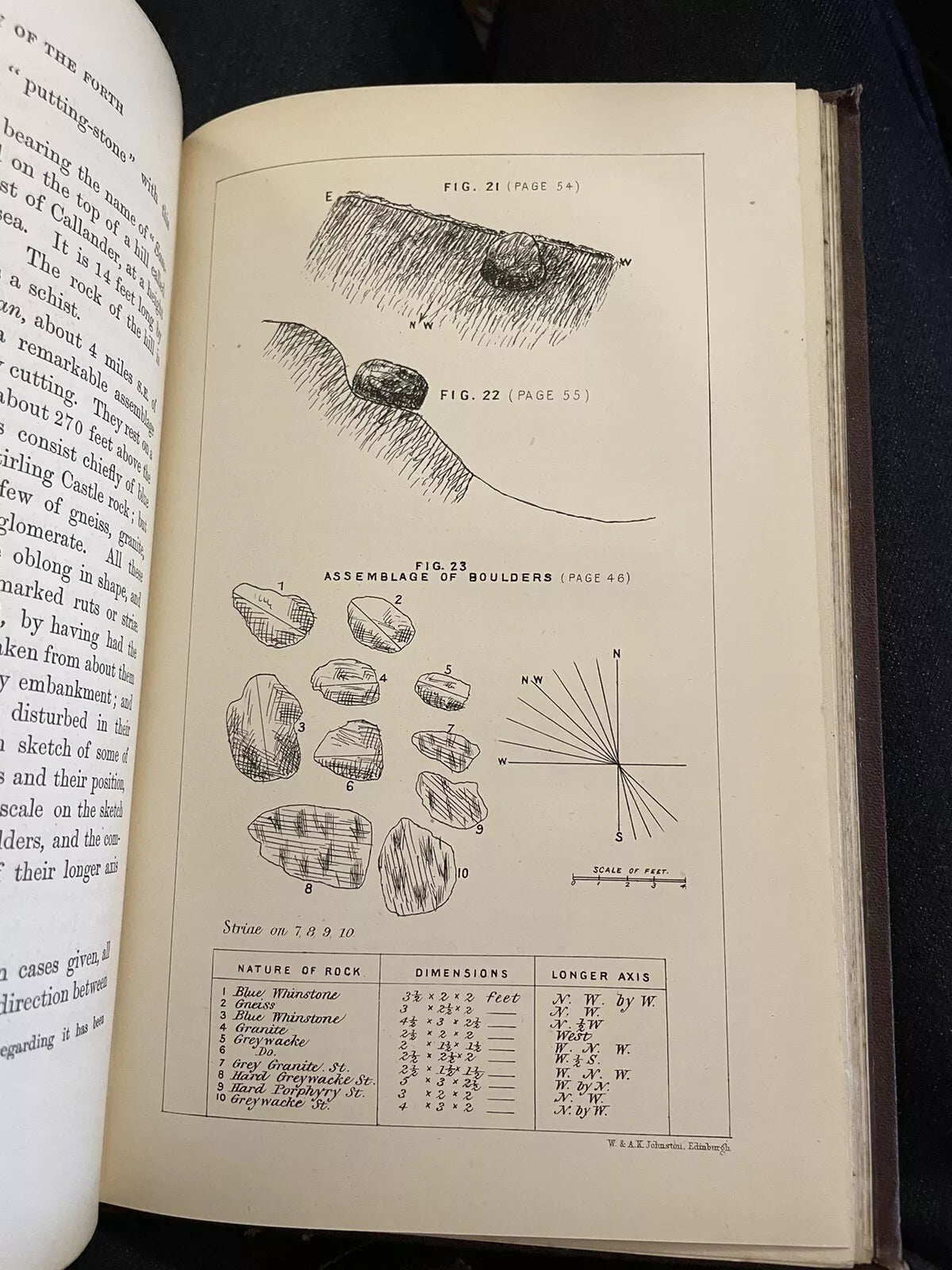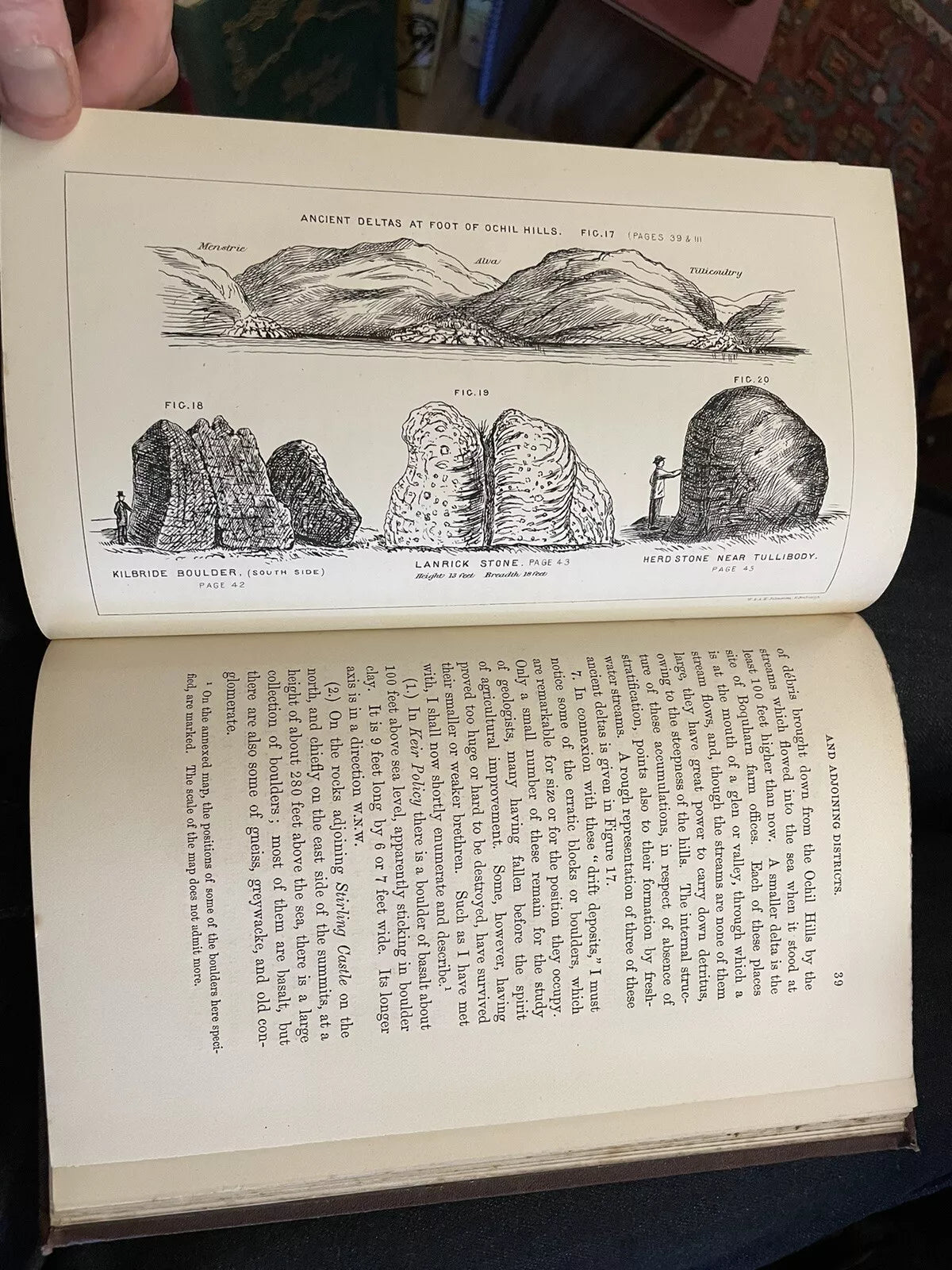The Gently Mad Book Shop
The Estuary of the Forth & Adjoining Districts Viewed Geologically 1871
The Estuary of the Forth & Adjoining Districts Viewed Geologically 1871
Couldn't load pickup availability
The Estuary of the Forth & Adjoining Districts Viewed Geologically
By David Milne Home
Published by Edmonston and Douglas, Edinburgh, 1871. FIrst Edition. Hardback, cloth, 8vo, pp xiv, [ii], 126. With a fold-out colour map and 8 b&w plates.
CONDITION
A good copy. The cloth binding is good a little scarring to the cloth on the spine. All contents present and pages clean throughout. No names or writing to the book. Overall a good copy.
MR. MILNE HOME'S name has long been known in connection with Scottish geology. His memoir on the Coalfields of the Lothians was for many years the only trustworthy geological account of those areas. In addition to this he has from time to time communicated to various scientific journals a number of papers chiefly on subjects relating to glacial geology. In this present volume he returns to these subjects, and gives us a description of the superficial formations of the basin of the Forth, together with what he considers to be the most feasible explanation of the somewhat intricate details he brings before his readers. He treats first of the form and physical features of the Estuary and the districts adjoining; secondly, of the formation or origin of the Estuary; and, thirdly, of the superficial deposits met with in the area described. He conceives that the faults which intersect the strata along both sides of the Firth, and which not only have the same general bearing as the Estuary, but are also for the most part downthrows to south, in Fife-shire, Clackmannan, &c, and, in the Lothians, downthrows to north, have formed the deep trough or valley of the Forth—the depression caused by this series of step-faults having reached at least, 2,000 feet. “Along the lines of these slips great precipices, or cliffs, were formed, several hundred feet in height, which, under the action of the sea or the atmosphere, crumbled down.” The materials thus supplied went to form the superficial deposits, it being supposed that almost the whole of Scotland was under the sea at the time these changes took place.
We feel sure that Mr. Milne Home will get few geologists to agree with him in these conclusions. In the first place, it may very well be doubted whether the faults which cut the strata ever actually showed at the surface in the manner supposed. It is much more probable that the dislocations took place so gradually that any inequalities arising: there from were planed away by denudation as fast as they appeared. But even were this not the case, it is quite certain that the. faults referred to by Mr. Milne Home must date back to a vastly more remote antiquity than the later Tertiary periods. The Scottish Coal-fields, indeed, would appear to be traversed by some faults which, according to the Geological Survey's map and description of the South Ayrshire Coal-fields, do not influence the overlying Permian. It is also indisputable that the igneous dykes, which Professor Geikie has shown to be of Miocene age, are all posterior in date to the faults which shift the Coal-measurgs. Mr. Milne Home does not take into consideration the prodigious amount of denudation that the palæozoic strata of the valley of the Forth must have undergone in the long ages that intervened between the close of the Carboniferous period and the advent of the glacial epoch.
There cannot be any reasonable doubt that the valley of the Estuary of the Forth existed as a valley long before the dawn of the age of ice. But Mr. Milne Home's memoir is taken up chiefly with the history of the drift deposits, which he describes in considerable detail. Especially valuable are the numerous sections given, and the long lists of localities where glacial-striæ, erratic blocks, kaims, and the other phenomena of the drift, may be studied. The author inclines to the iceberg theory of the formation of the boulder-clay, and thinks it may have originated at a time when “the ocean over and around Scotland was full of icebergs and shore-ice, which spread fragments of rocks over the sea-bottom, and often stranded on the sea-bottom, ploughing through beds of mud, sand, and gravel, and blocks of stone, and mixing them together in such a way as to form the boulder-clay.” Mr. Milne Home points to the presence of beds of sand included in the boulder-clay as one of several objections to the land-ice origin of that peculiar deposit. He thinks that if the iceberg theory be adopted, the explanation would be simply this, “that icebergs came at different periods, new sea-bottoms being formed in the intervals.” But, on the other hand, if the glacier theory be accepted, then it would have to be admitted that the land must have sunk under the sea for every bed of sand we find in the boulder-clay. The author, however, does not seem to be aware that fresh-water beds are found interstratified with the boulder-clay, so that the difficulty in either case is equal.
(Location : Platform, Scotland 1)
Share with someone
